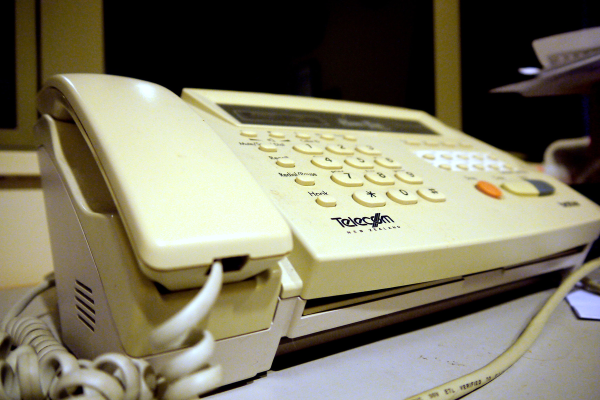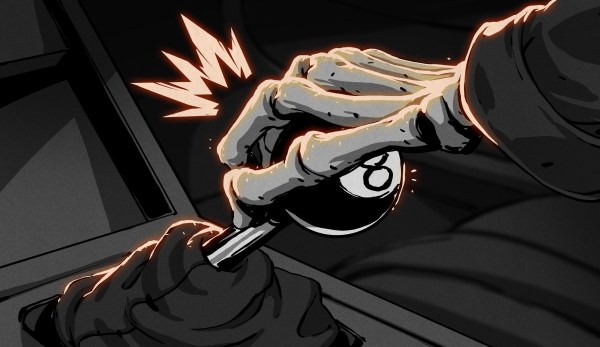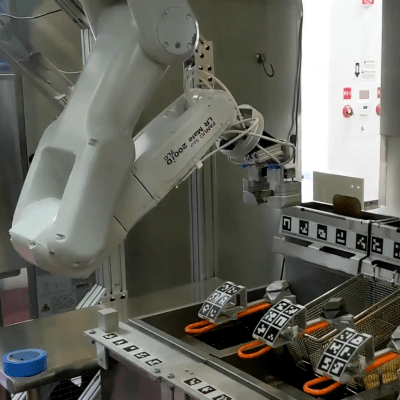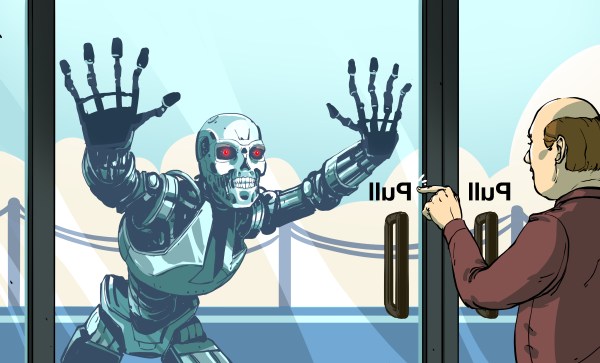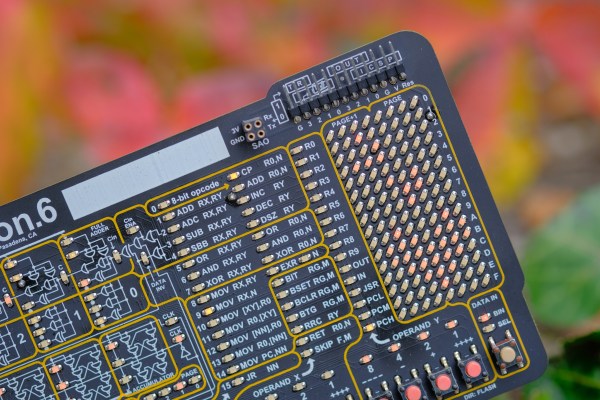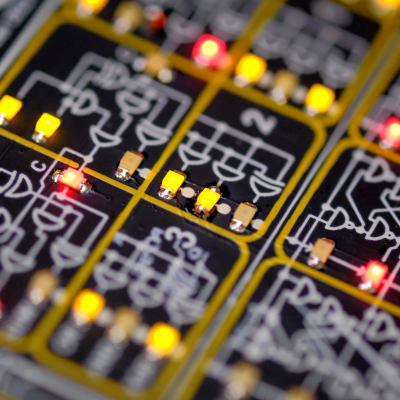Throughout the 80s and 90s, you couldn’t swing a stapler around any size office without hitting a fax machine. But what is it about the fax machine that makes it the subject of so much derision? Is it the beep-boops? The junk faxes? Or do they just seem horribly outdated in the world of cloud storage and thumb drives? Perhaps all of the above is true. While I may be Hackaday’s resident old school office worker et cetera, it may surprise you to learn that I don’t have a fax machine. In fact, the last time I had to fax something, I recall having to give my email address to some website in order to send a single fax for free.
Over across the pond, the UK government has decided to nix the requirement for fax services under something called the Universal Service Order (USO) legislation, which essentially ensures that residents all across the UK have access to phone services at a price they can afford. The UK’s Office of Communications, aka Ofcom, have announced recently that they are in agreement with the government. Since the industry is moving away from the public switched telephone network (PSTN) to IP telephony, the fax machine won’t work the same way.

